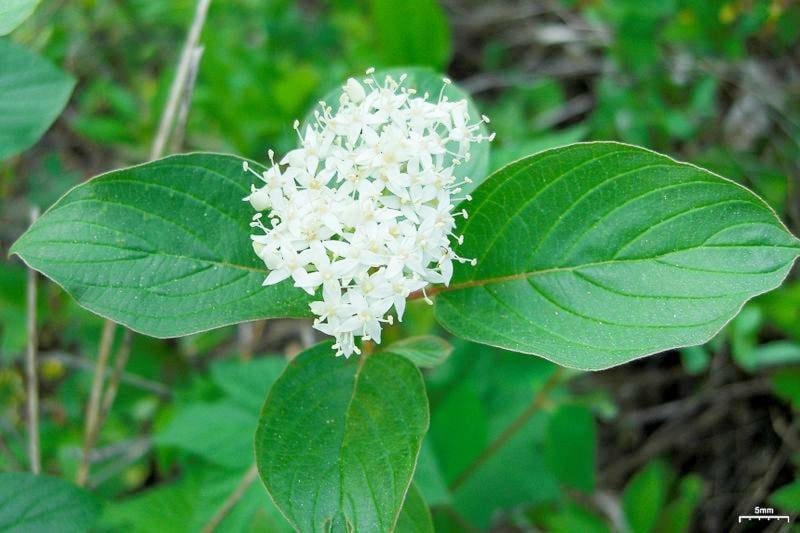Want to attract lovely native birds and butterflies to your yard while helping the environment?
We can help prevent the increasing rate of wildlife extinction caused by habitat destruction. And we can stop poisoning the environment with insecticides, pesticides, herbicides, chemical fertilizers and pollution-belching mowers simply by planting and landscaping with appropriate native plants in our yards.
There is an unbreakable evolutionary link between native plant species and native wildlife.
Insects are especially linked to foraging on native plants. Our bats and most birds are insectivores. Most butterfly species are dependent on our native plants for nectar and as hosts for their eggs and caterpillars. And caterpillars just happen to be the first and best food for most baby birds.
Gardeners enjoy spending time outdoors with plants and nature to creatively beautify their homes and community while enjoying the healthful benefits of exercise and fresh air. That’s great!
But until recently, almost all gardeners planted exotic plants from other places.
These are “alien” plants; alien to our local ecosystems. Historically, when new countries were being colonized, plants from these exotic places showed off one’s wealth. And grassy lawns became trendy.
There was still lots of wilderness to support wildlife. But our wilderness has been developed into cities and suburbs and for agriculture, industry and roads.
Where can wildlife get their food and shelter?
Sure we have parks, but even these tend to get developed for people’s convenience with roads, facilities, lawns, etc.
With the accelerating pace of development and habitat destruction, the pressures on wildlife are greater than they have ever been. Fortunately, there is still time to reverse this alarming trend, and gardeners have the power to make a significant contribution. By rewilding or naturescaping our landscapes, gardeners can substantially help the environment and provide a welcoming home for wildlife.
This doesn’t mean drastically overhauling your property; it can be a gradual, easy, preferential and enjoyable gardening process. Intact local ecosystems are beautiful and fascinating and are essential to our human health and well-being.
Start by choosing native plants attractive to local native birds, butterflies, bees, etc.
You’ll really be helping the pollinators, and you’ll learn a lot about them and our environment.
Native plants often grow easily because they’re already adapted to the local climate and ecology. Using plants that “belong” prevents alien plants from taking over by out competing native plants.
Never remove native plants from the wild. That only allows invasive aliens to set in.
But, if you know of a wild area to be developed, that’s an excellent opportunity to dig up native plants, if you can. You might even be rescuing endangered native plants. Always dig up with lots of native soil around the roots. Also help our nurseries sell native plants by asking for them.
Pollinatorpartnership.ca is an excellent guide to help you choose plants for pollinators by ecoregion. The guides are extremely detailed yet easy to read and visually beautiful.
Note: Most provinces have one-to-four ecoregions; B.C. has 13!
Roseanne Van Ee shares her knowledge of the outdoors to help readers experience and enjoy nature.
